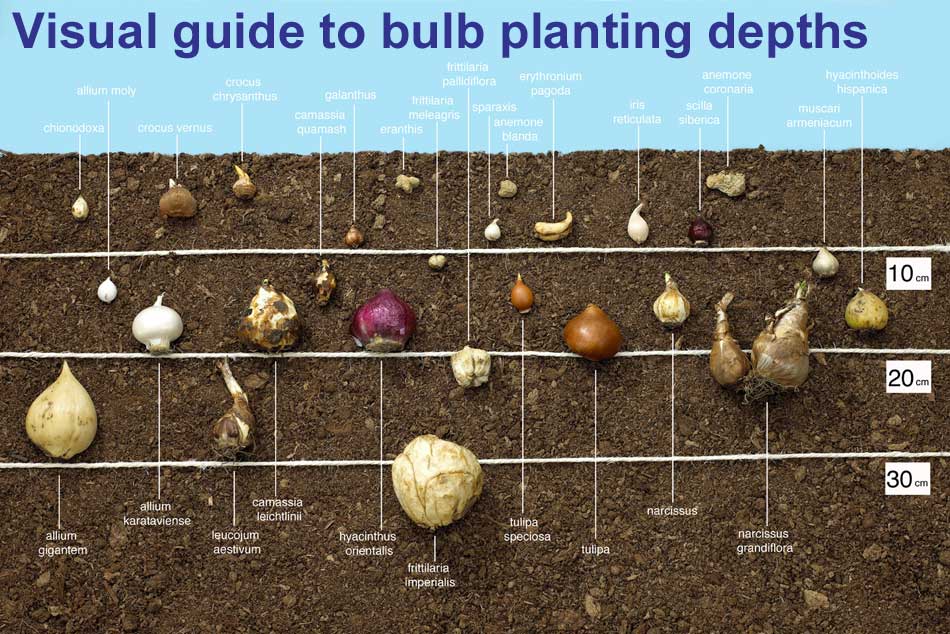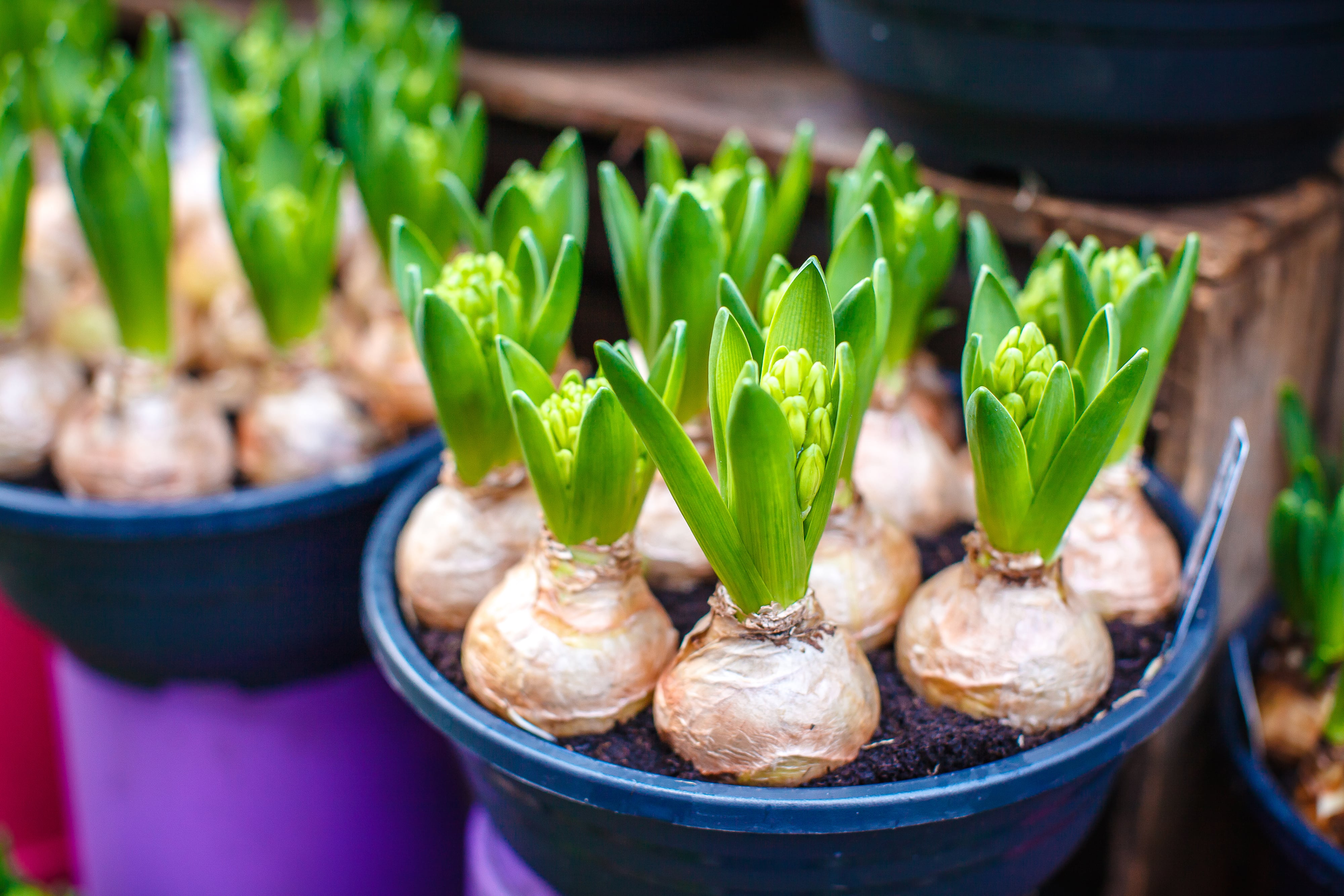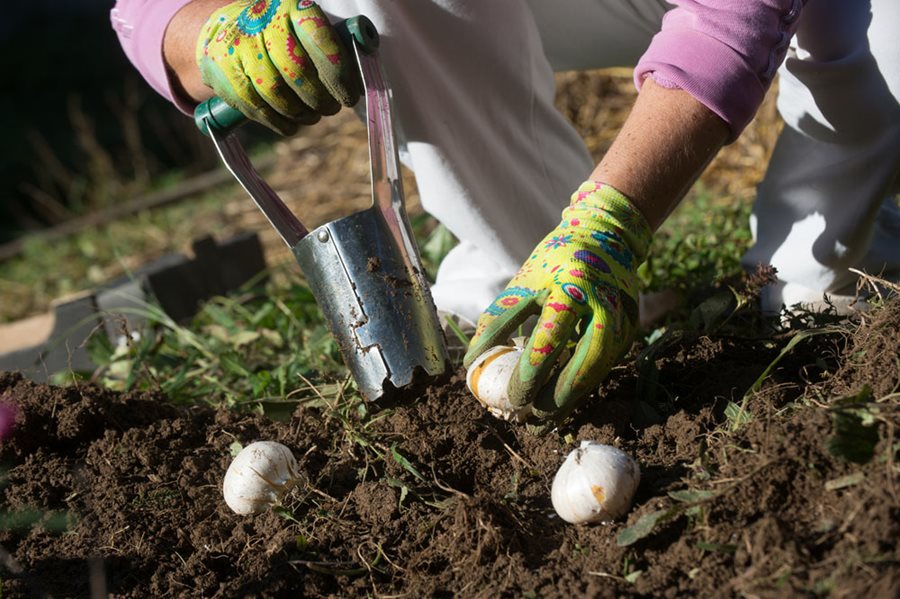Timing is Everything: Understanding the Best Time to Plant Bulbs
In North Carolina, the success of bulb planting hinges on timing. The state’s climate, characterized by mild winters and hot summers, demands careful planning to ensure that bulbs receive the necessary chill period to bloom in the spring. When to plant bulbs in North Carolina is a critical question that gardeners must answer to enjoy a vibrant display of colors in their gardens.
The Tar Heel State’s weather patterns can be unpredictable, with temperature fluctuations and precipitation levels varying greatly from year to year. This unpredictability underscores the importance of planting bulbs at the right time. By doing so, gardeners can increase the chances of their bulbs thriving and producing beautiful blooms.
Planting bulbs at the wrong time can lead to disappointing results, including poor growth, weak blooms, or even bulb rot. In North Carolina, the ideal time to plant bulbs is during the fall season, typically from September to November. This allows the bulbs to establish themselves in the soil over the winter, and then bloom in the spring when the weather warms up.
How to Choose the Right Bulbs for Your North Carolina Garden
Selecting the right bulbs for your North Carolina garden is crucial for a successful and vibrant spring bloom. With so many varieties to choose from, it can be overwhelming for gardeners, especially those new to bulb planting. However, by understanding the climate and weather patterns in North Carolina, gardeners can make informed decisions when choosing bulbs.
Tulips, daffodils, and hyacinths are popular bulb varieties that thrive in North Carolina’s climate. These bulbs are ideal for the state’s mild winters and hot summers, and they come in a range of colors and bloom times. When selecting bulbs, look for varieties that are specifically bred for the Southeast region or have a proven track record of performing well in North Carolina’s climate.
In addition to choosing the right variety, gardeners should also consider factors such as bloom time, color, and height. By selecting a mix of early, mid-season, and late-blooming bulbs, gardeners can create a dynamic and ever-changing display of color in their gardens. Furthermore, by choosing bulbs with different heights and bloom times, gardeners can create a layered and visually appealing landscape.
When purchasing bulbs, make sure to buy from reputable suppliers and choose bulbs that are firm and free of mold or mildew. It’s also essential to plant bulbs as soon as possible after purchase, as they can deteriorate quickly if not stored properly. By following these tips and choosing the right bulbs for your North Carolina garden, you’ll be well on your way to enjoying a stunning spring bloom.
Preparing Your Soil for Bulb Planting
Before planting bulbs in North Carolina, it’s essential to prepare the soil to ensure optimal growth and blooming. Bulbs require well-draining soil with the right pH and nutrient levels to thrive. Failure to prepare the soil can lead to poor growth, weak blooms, or even bulb rot.
To test the soil pH, gardeners can use a soil testing kit or send a sample to a lab for analysis. Most bulbs prefer a slightly acidic to neutral soil pH, ranging from 6.0 to 7.0. If the soil pH is too high or too low, gardeners can amend it with lime or sulfur accordingly.
In addition to pH, gardeners should also test the soil’s nutrient levels. Bulbs require adequate amounts of phosphorus, potassium, and nitrogen to grow and bloom. A soil test can reveal any nutrient deficiencies, and gardeners can apply fertilizers accordingly. Organic matter such as compost or well-rotted manure can also be added to improve soil fertility and structure.
Drainage is another critical factor to consider when preparing the soil for bulb planting. Bulbs don’t like wet feet, so the soil should drain well to prevent waterlogged soil conditions. Gardeners can improve drainage by adding organic matter, perlite, or vermiculite to the soil.
Finally, gardeners should remove any debris, rocks, or weeds from the planting area to create a smooth, even surface. This will ensure that the bulbs are planted at the correct depth and spacing, and that they have enough room to grow and bloom.
By preparing the soil properly, gardeners can create an ideal environment for their bulbs to thrive. This will increase the chances of a successful and vibrant spring bloom, and ensure that the bulbs come back year after year. Remember, when to plant bulbs in North Carolina is crucial, but so is preparing the soil beforehand.
The Art of Planting Bulbs: A Step-by-Step Guide
Planting bulbs in North Carolina requires attention to detail and a few simple steps to ensure successful growth and blooming. By following this step-by-step guide, gardeners can increase their chances of a vibrant and thriving spring display.
Step 1: Choose a Location – Select a location that receives the right amount of sunlight and has well-draining soil. Most bulbs require full sun to partial shade, depending on the variety.
Step 2: Prepare the Soil – Before planting, prepare the soil by loosening it to a depth of 8-10 inches. Add organic matter such as compost or well-rotted manure to improve soil fertility and drainage.
Step 3: Plant at the Right Depth – Plant bulbs at a depth that is 2-3 times their height. For example, if the bulb is 2 inches tall, plant it 4-6 inches deep. This will ensure that the bulb is planted at the correct depth for optimal growth.
Step 4: Space Correctly – Space bulbs correctly to ensure proper growth and air circulation. The general rule of thumb is to plant bulbs 3-6 inches apart, depending on the variety.
Step 5: Orient Correctly – Plant bulbs with the pointed end facing upwards and the flat base facing downwards. This will ensure that the bulb grows correctly and produces a healthy stem and blooms.
Step 6: Water and Mulch – Water the bulbs well after planting and apply a layer of mulch to retain moisture and suppress weeds.
By following these simple steps, gardeners can ensure that their bulbs are planted correctly and will thrive in North Carolina’s climate. Remember, when to plant bulbs in North Carolina is crucial, but so is planting them correctly. With a little care and attention, gardeners can enjoy a stunning spring display of colorful blooms.
Caring for Your Bulbs After Planting
After planting bulbs in North Carolina, it’s essential to provide proper care to ensure healthy growth and blooming. This includes watering, fertilizing, and mulching to create an ideal environment for the bulbs to thrive.
Watering – Water bulbs regularly during the first growing season, especially during periods of drought. However, avoid overwatering, which can lead to rot and other diseases. When to plant bulbs in North Carolina is crucial, but so is providing adequate water.
Fertilizing – Feed bulbs with a low-nitrogen, high-potassium fertilizer in the fall and again in the spring when the foliage emerges. This will promote healthy growth and blooming. Avoid using high-nitrogen fertilizers, which can promote leaf growth at the expense of flowers.
Mulching – Apply a layer of organic mulch, such as straw or bark chips, around the bulbs to retain moisture, suppress weeds, and regulate soil temperature. This will help to create a stable environment for the bulbs to grow and bloom.
Deadheading – Remove spent flowers as soon as they fade to encourage the bulb to focus its energy on re-growing and storing energy for next year’s bloom. This will also help to prevent seed production, which can weaken the bulb.
By providing proper care after planting, gardeners can ensure that their bulbs thrive in North Carolina’s climate. Remember, when to plant bulbs in North Carolina is just the first step – ongoing care is essential for a successful and vibrant spring display.
Common Mistakes to Avoid When Planting Bulbs in North Carolina
When it comes to planting bulbs in North Carolina, there are several common mistakes that gardeners can make, which can lead to poor growth, disease, and pest problems. By avoiding these mistakes, gardeners can increase their chances of a successful and vibrant spring display.
Planting Too Early or Too Late – One of the most critical mistakes is planting bulbs at the wrong time. In North Carolina, the ideal time to plant bulbs is in the fall, from September to November, or in the early spring, from February to April. Planting too early or too late can expose the bulbs to extreme weather conditions, which can lead to rot, disease, and poor growth.
Not Providing Adequate Care – Failing to provide proper care after planting is another common mistake. This includes not watering, fertilizing, or mulching the bulbs, which can lead to poor growth, disease, and pest problems. Remember, when to plant bulbs in North Carolina is crucial, but so is providing adequate care.
Planting in Poor Soil – Planting bulbs in poor soil can lead to poor growth, disease, and pest problems. It’s essential to test and amend the soil pH, nutrient levels, and drainage before planting to ensure a healthy environment for the bulbs.
Not Choosing the Right Bulbs – Selecting the wrong bulbs for North Carolina’s climate can lead to poor growth, disease, and pest problems. It’s essential to choose bulbs that are suitable for the state’s climate and soil conditions, such as tulips, daffodils, and hyacinths.
By avoiding these common mistakes, gardeners can increase their chances of a successful and vibrant spring display in North Carolina. Remember to plant bulbs at the right time, provide adequate care, plant in good soil, and choose the right bulbs for the state’s climate and soil conditions.
Regional Variations: Planting Bulbs in Different Parts of North Carolina
North Carolina’s diverse climate, soil, and weather patterns across the state can affect the success of bulb planting. Understanding these regional variations is crucial to ensure that gardeners plant bulbs at the right time and provide the necessary care for optimal growth and blooming.
In the Mountains – The mountain regions of North Carolina, such as Asheville and Boone, have a cooler climate with shorter growing seasons. Gardeners in these areas should plant bulbs in the early fall, from September to October, to allow for proper establishment before winter. When to plant bulbs in North Carolina’s mountain regions is critical, as the bulbs need time to establish themselves before the cold winter months.
In the Piedmont – The Piedmont region, which includes cities like Charlotte and Raleigh, has a more moderate climate with mild winters and hot summers. Gardeners in this region can plant bulbs in the fall, from October to November, or in the early spring, from February to March. The key is to plant when the weather is cool, and the soil is moist.
In the Coastal Plain – The coastal regions of North Carolina, such as Wilmington and the Outer Banks, have a humid subtropical climate with mild winters and hot, humid summers. Gardeners in these areas should plant bulbs in the fall, from September to November, to take advantage of the cooler weather. When to plant bulbs in North Carolina’s coastal regions is important, as the bulbs need to establish themselves before the hot summer months.
By understanding these regional variations, gardeners can tailor their bulb planting strategies to the specific needs of their region, ensuring a successful and vibrant spring display. Remember to plant bulbs at the right time, provide adequate care, and choose the right bulbs for your region’s climate and soil conditions.
Enjoying Your Spring Blooms: Tips for Maintenance and Enjoyment
After planting bulbs in North Carolina, the next step is to enjoy and maintain your spring blooms. With proper care and maintenance, gardeners can extend the life of their bulbs and ensure a vibrant display for years to come.
Deadheading – One of the most important tasks is deadheading, or removing spent blooms. This encourages the bulb to focus its energy on re-growing and storing energy for next year’s bloom, rather than seed production. Simply snip off the faded blooms, leaving the foliage intact.
Dividing and Transplanting – As bulbs multiply, they may become congested and require dividing and transplanting. Wait until the foliage has died back, then carefully dig up the bulbs, separate them, and replant in well-draining soil.
Storing Bulbs – For bulbs that need to be stored, such as tulips and hyacinths, wait until the foliage has died back, then dig up the bulbs and store them in a cool, dry place. This will help to preserve the bulbs for next year’s planting.
Maintenance Tips – To keep your spring blooms looking their best, remember to water regularly, fertilize lightly, and mulch to retain moisture and suppress weeds. Also, consider adding a layer of compost or well-rotted manure to the soil to provide nutrients for the bulbs.
By following these simple tips, gardeners can enjoy their spring blooms for years to come and create a beautiful and vibrant display in their North Carolina garden. Remember, when to plant bulbs in North Carolina is crucial, but so is providing proper care and maintenance to ensure a successful and long-lasting display.







